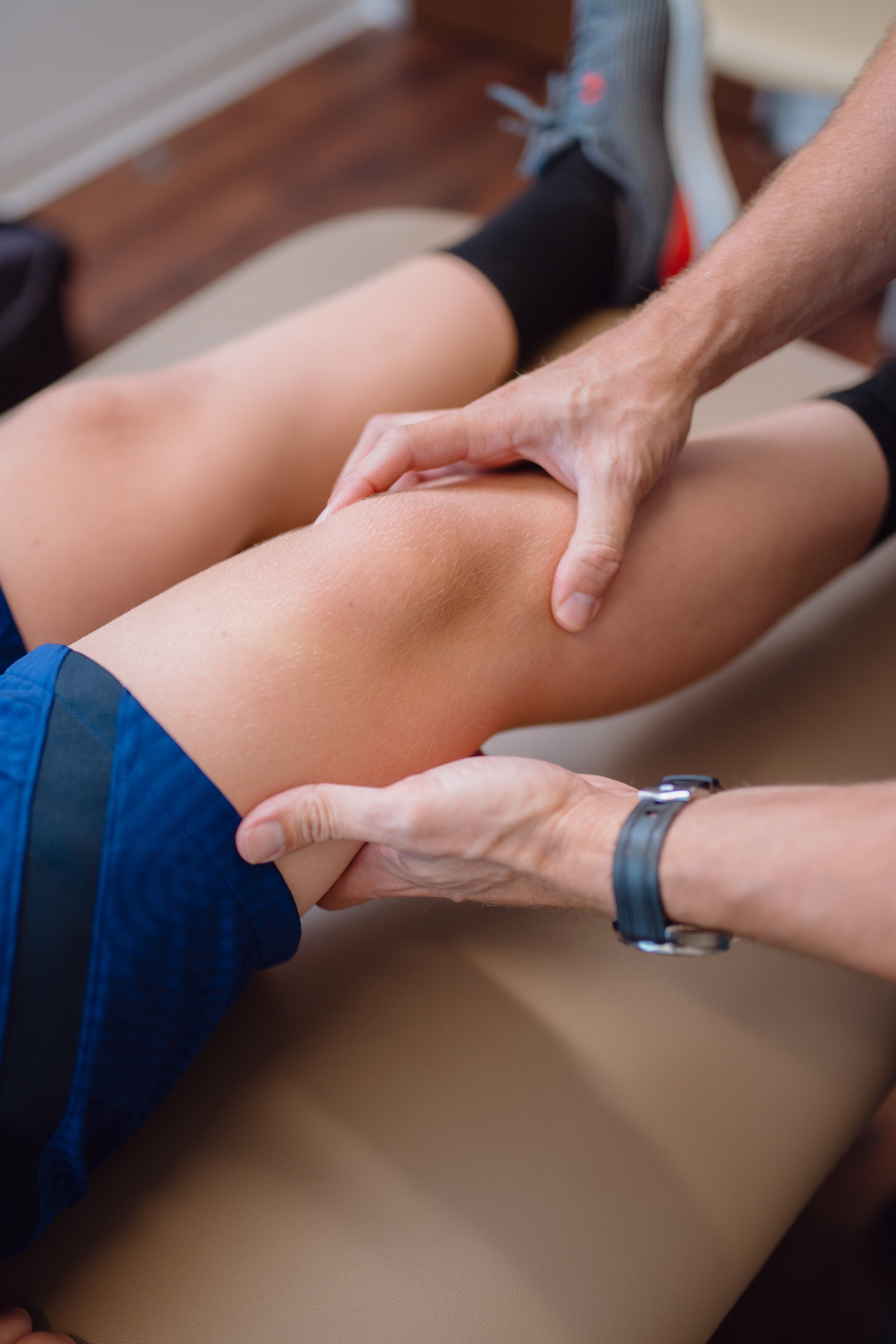
Your ACL Injury Specialist in San Antonio
Pediatric ACL Tears in San Antonio
Expert Care for Young Athletes with Dr. Jeremy Rush
When a child or teen experiences a knee injury, it can be stressful for the entire family, especially if it’s an ACL tear. These injuries are becoming increasingly common among young athletes involved in sports like soccer, basketball, football, and gymnastics.
As a dual-fellowship-trained pediatric orthopedic and sports medicine specialist, Dr. Jeremy Rush is uniquely qualified to care for children and adolescents with ACL injuries in San Antonio. He combines advanced surgical techniques with an understanding of how a growing body heals, ensuring your child can recover safely and return to the activities they love.
What is the ACL & How Does It Function in the Knee?
The Anterior Cruciate Ligament (ACL) is a key component within the knee, connecting the femur (thighbone) to the tibia (shinbone). Situated deep within the knee, the ACL gets its name from its forward position relative to the Posterior Cruciate Ligament (PCL). The term "cruciate," meaning to cross, describes how the ACL intersects with the PCL, providing essential stability for the knee during dynamic actions such as cutting or pivoting, crucial for athletic performance.
Symptoms of an Acl Injury
Experiencing a "pop" or feeling the knee collapse is a frequent initial symptom of an ACL injury, though not everyone feels this pop. Typically, the knee swells significantly within hours of the injury, leading to restricted movement and considerable pain when walking. Common ACL Tear symptoms in young athletes include:
Immediate swelling within a few hours
Pain or difficulty walking
A feeling that the knee “gives out”
Limited range of motion
Even if swelling subsides after a few days, it’s important to have your child evaluated. Without proper treatment, the knee can remain unstable and risk further damage to other structures like the meniscus.

An Active Kid, A Sudden Injury, and an Incredible Comeback
Diagnosing ACL Injuries in Children and Teens
During your visit, Dr. Rush will take the time to:
Listen to your child’s injury story and review any prior imaging
Perform a detailed physical exam to check for stability and motion
Order diagnostic tests, such as X-rays (to assess growth plates) and an MRI (to visualize the ACL and meniscus)
Because every child’s body is still developing, these tests help determine whether surgery or non-surgical management is most appropriate.
Treatment Options for ACL Injuries in San Antonio
Non-Surgical Management
For partial ACL tears or younger children with open growth plates, non-surgical care may be recommended.
This might include:
Knee bracing for added stability
Rest and modified activity
Physical therapy focused on regaining strength and motion
Dr. Rush carefully monitors healing to ensure the knee remains stable as your child grows.
Pediatric ACL Reconstruction Surgery
If your child has a complete ACL tear or continues to experience knee instability, surgery may be necessary.
Dr. Rush performs minimally invasive arthroscopic ACL reconstruction using growth-plate–friendly techniques that protect developing bones.
He selects the graft type, such as hamstring or quadriceps tendon, based on your child’s age, sport, and growth stage to ensure safe and effective healing.
Recovery and Rehabilitation for Young Athletes
Recovery from ACL surgery requires time, patience, and guidance. Your child’s personalized rehabilitation plan includes:
Early exercises to reduce swelling and restore movement
Gradual strengthening and balance training
Ongoing monitoring to ensure healthy bone and ligament recovery
Dr. Rush works closely with pediatric physical therapists to help your child safely progress through recovery and return to sports when it’s truly safe, typically within 9 to 12 months.
Want To Know More? Here’s Our Complete Guide to How Dr. Rush Handles ACL Tears in Kids.
-
When you visit Dr. Rush, the conversation will begin with your injury details, symptoms experienced, and any treatments received since the incident. Dr. Rush will inquire about your sports activities, past knee issues, and medical history to form a comprehensive understanding.
A thorough physical examination is pivotal. Often, Dr. Rush can identify an ACL tear through this exam. The ACL's role is to stabilize the lower leg, preventing it from shifting forward on the thigh bone. A common diagnostic test involves applying forward pressure on the lower leg to assess the ACL's integrity. It's also typical to find associated injuries to the knee's meniscus or collateral ligaments, such as the MCL, with 50-70% of ACL tear patients experiencing a concurrent meniscus injury.
-
Initial diagnostics may include x-rays to detect swelling or fractures that accompany an ACL tear. These images are crucial, even though ligaments and menisci aren't visible, as they can reveal swelling and bone fractures near the knee. For younger patients, a specific focus on the growth plates is essential to determine the appropriate surgical approach.
An MRI is the next step if an ACL tear is suspected, offering detailed views of the ligament, meniscus, cartilage, and other knee structures.
-
Managing swelling and pain early on is critical. The RICE method (Rest, Ice, Compression, and Elevation) is a proven approach. Ice packs, or even frozen peas or corn, applied with a barrier like a sock or towel, can significantly reduce swelling when used for 15-20 minutes every couple of hours during the first week.
Medications like Acetaminophen or NSAIDs such as Ibuprofen may be recommended. Movement and gentle exercises to regain motion, especially straightening the knee, are encouraged before considering surgery.
-
While complete ACL tears necessitate surgery for healing, partial tears might be managed without surgery, using braces and physical therapy to restore function. Most ACL reconstructions are outpatient procedures using arthroscopy for minimal invasiveness. The choice of graft for reconstruction, whether from the patient's patellar, hamstring, or quadriceps tendon, depends on various factors, including age, sport, and specific needs.
-
Post-operative care may involve crutches or a brace, with physical therapy playing a crucial role in recovery. The aim is to diminish swelling, improve flexibility and strength, and enhance balance to prevent future injuries. Rehabilitation often includes sport-specific exercises to prepare for a safe return to activities.
Returning to sports typically takes 8-12 months, with a series of tests to assess balance, strength, and mobility before clearance.
This comprehensive approach ensures patients receive tailored care for ACL injuries, from diagnosis through recovery, leveraging the latest in orthopedic treatment and rehabilitation techniques.
ACL Surgery Outcomes
ACL reconstruction surgery typically achieves excellent outcomes in stabilizing the knee, with 80-90% of patients successfully returning to their sports activities. However, there is a risk of the graft re-tearing, with extensive research indicating a re-rupture rate of 5-20%. This risk is particularly high among younger athletes engaged in sports requiring sudden changes in direction or pivoting movements. Consequently, it is crucial to await medical clearance from your doctor before resuming any sports to ensure the best possible outcome and minimize the risk of further injury.



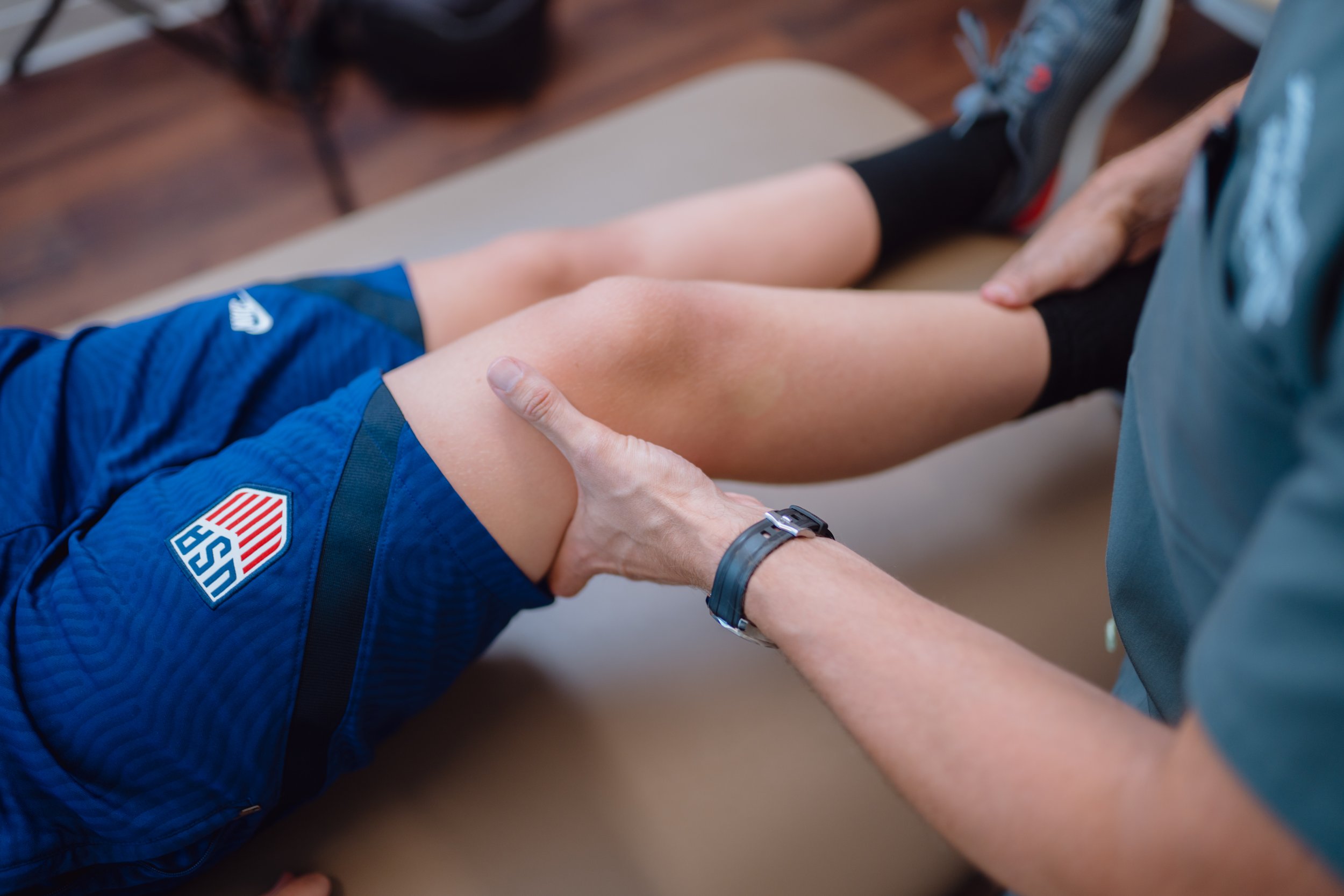
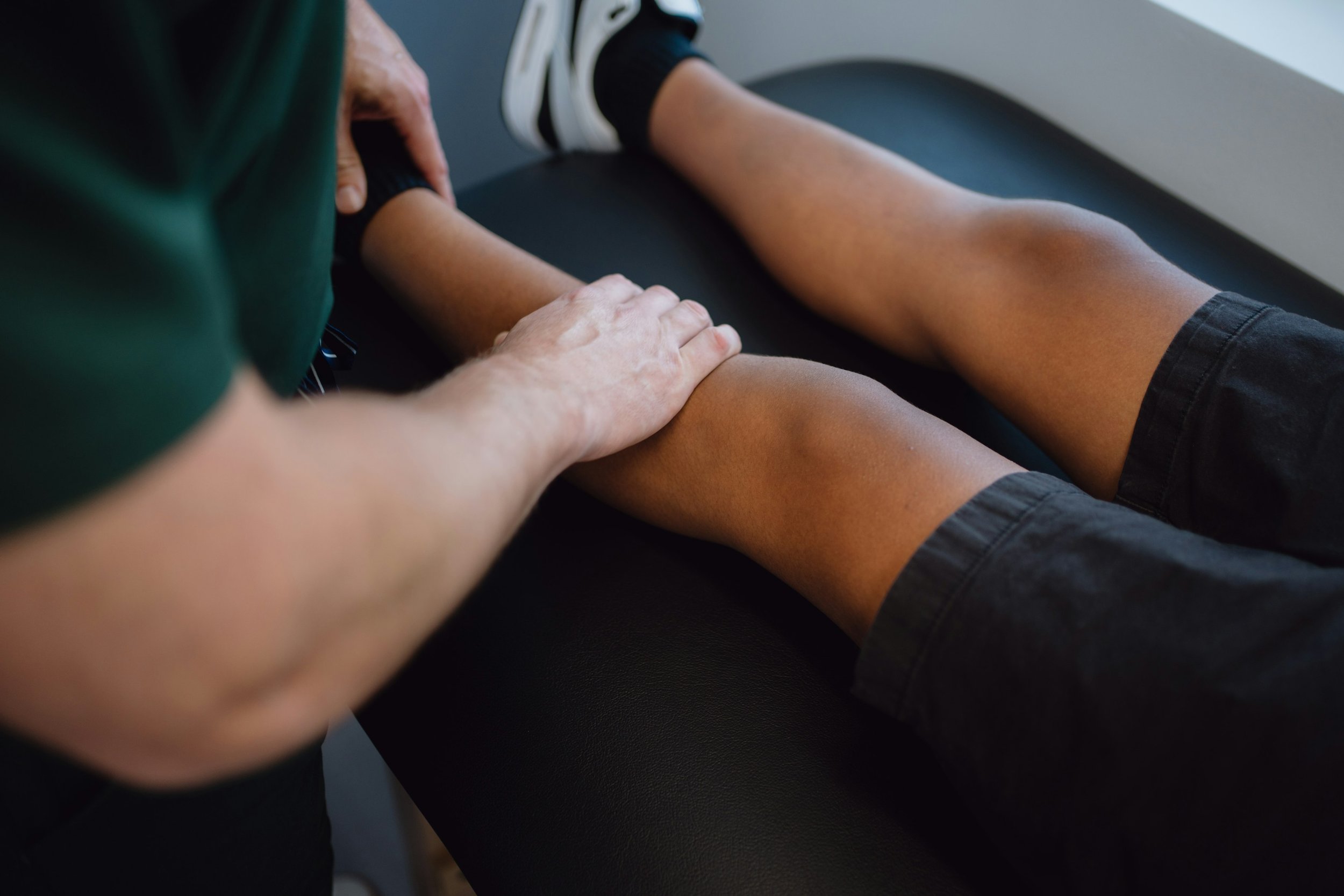
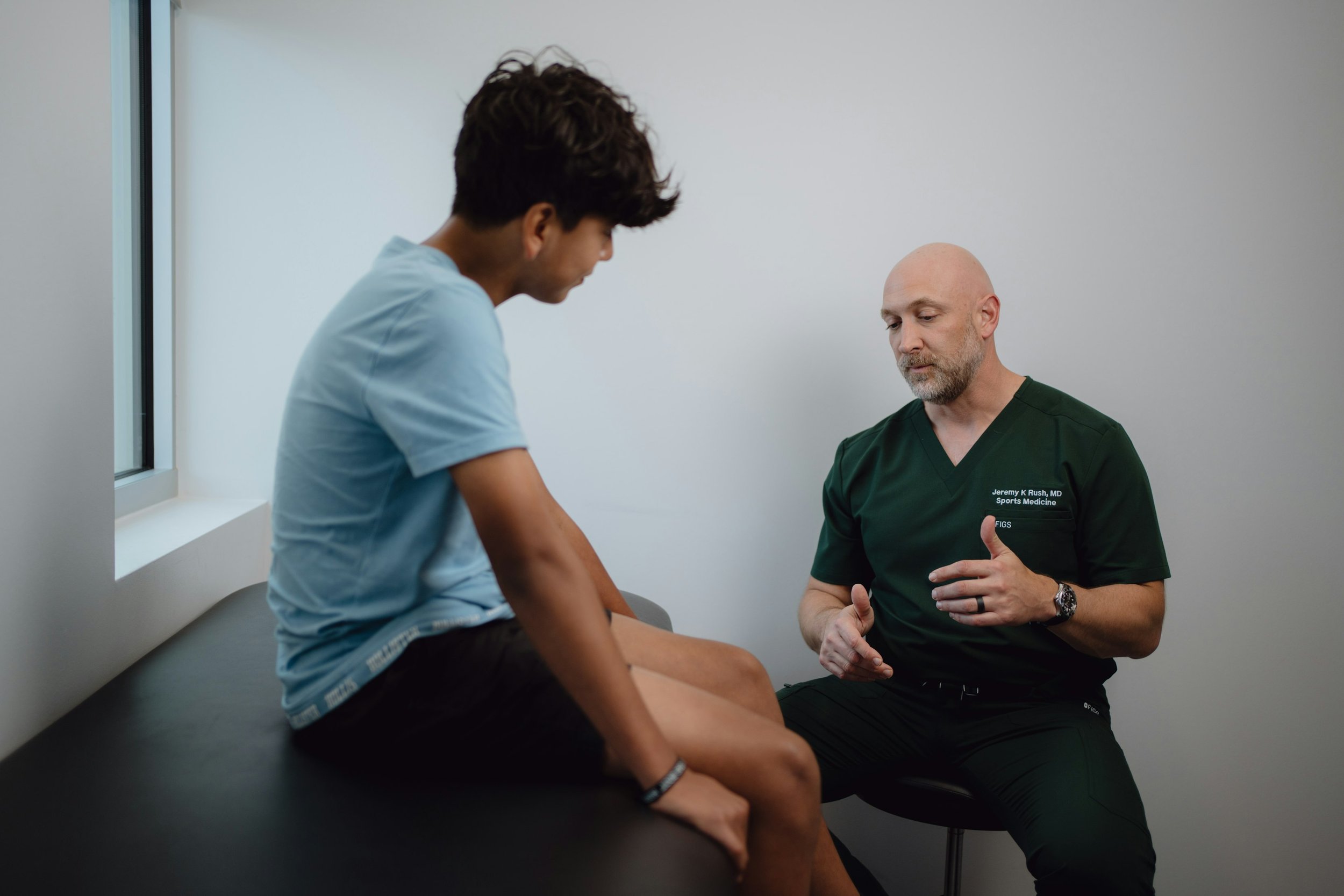
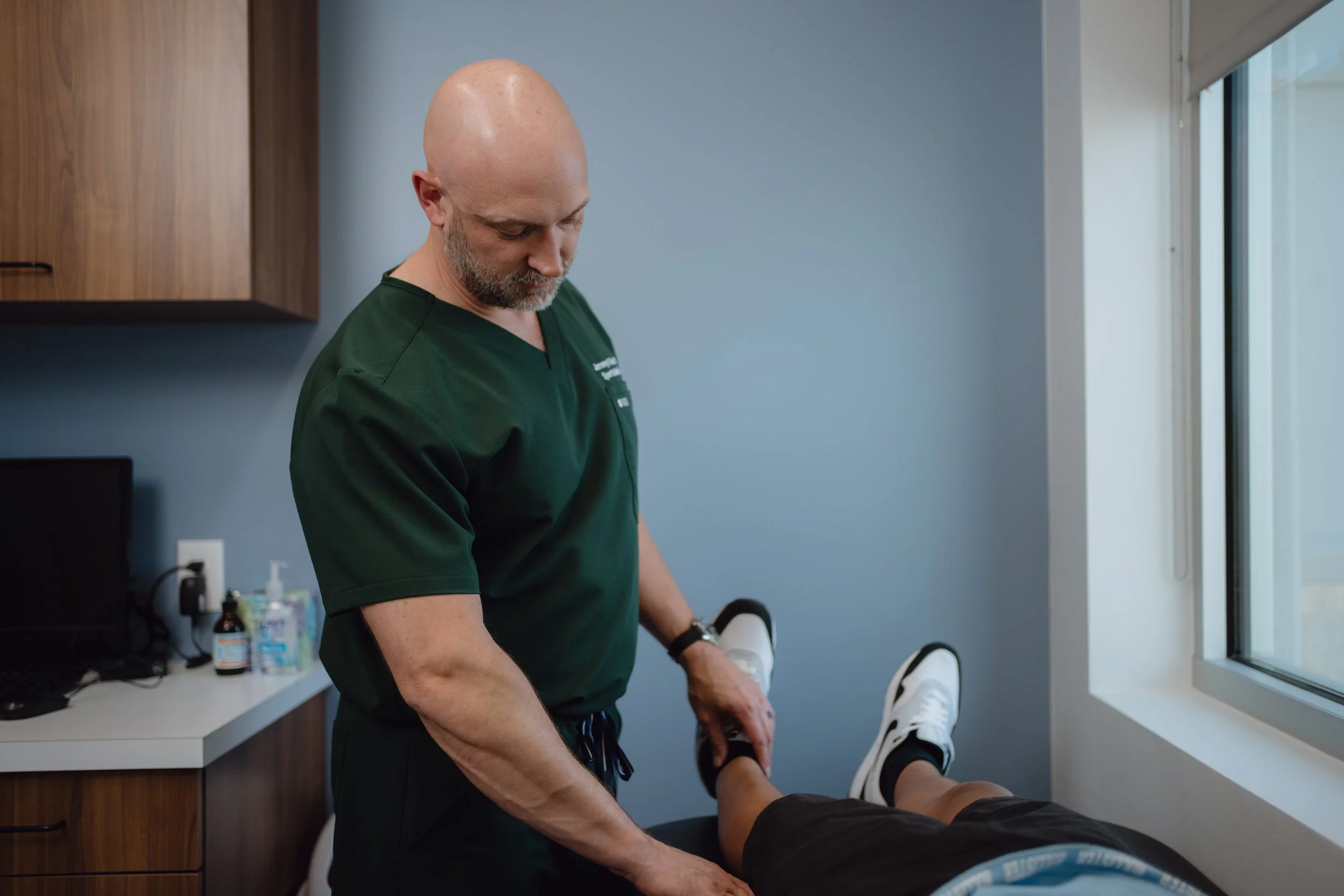
FAQs about acl tears and surgery
-
Common symptoms include a sudden “popping” sound at the time of injury, severe knee pain, rapid swelling, a feeling of instability, and difficulty bearing weight. If you suspect an ACL tear, it’s essential to see an ACL specialist in San Antonio like Dr. Rush for a proper diagnosis.
-
Dr. Rush uses a combination of physical examinations, medical history, and advanced imaging techniques like MRI to accurately diagnose ACL injuries.
-
Treatment can range from physical therapy and bracing for minor tears to ACL reconstruction surgery for complete ligament tears. Dr. Rush offers personalized ACL reconstruction in San Antonio, using the latest surgical techniques to restore knee stability and function.
-
Recovery times vary but generally take about 6 to 9 months, depending on the extent of the injury and the patient’s commitment to physical therapy. Dr. Rush creates personalized recovery plans for each patient to ensure the best possible outcome.
-
Yes, most athletes can return to their sport within 9 to 12 months with the right surgical care and rehabilitation. Dr. Rush has helped many San Antonio athletes get back to peak performance after ACL surgery.
-
Dr. Rush is a board-certified orthopedic surgeon and ACL specialist in San Antonio, known for his extensive experience treating complex knee injuries. With a background in sports medicine and fellowship training, Dr. Rush has worked with professional athletes, military personnel, and active individuals to restore knee function and mobility.
-
Strength training, proper warm-ups, and balance exercises can help reduce the risk of ACL injuries. Dr. Rush can provide guidance on preventive care for athletes and active individuals in San Antonio.
-
To schedule an ACL injury consultation with Dr. Rush, contact our San Antonio office today. We offer expert care to help you recover quickly and get back to your active lifestyle.
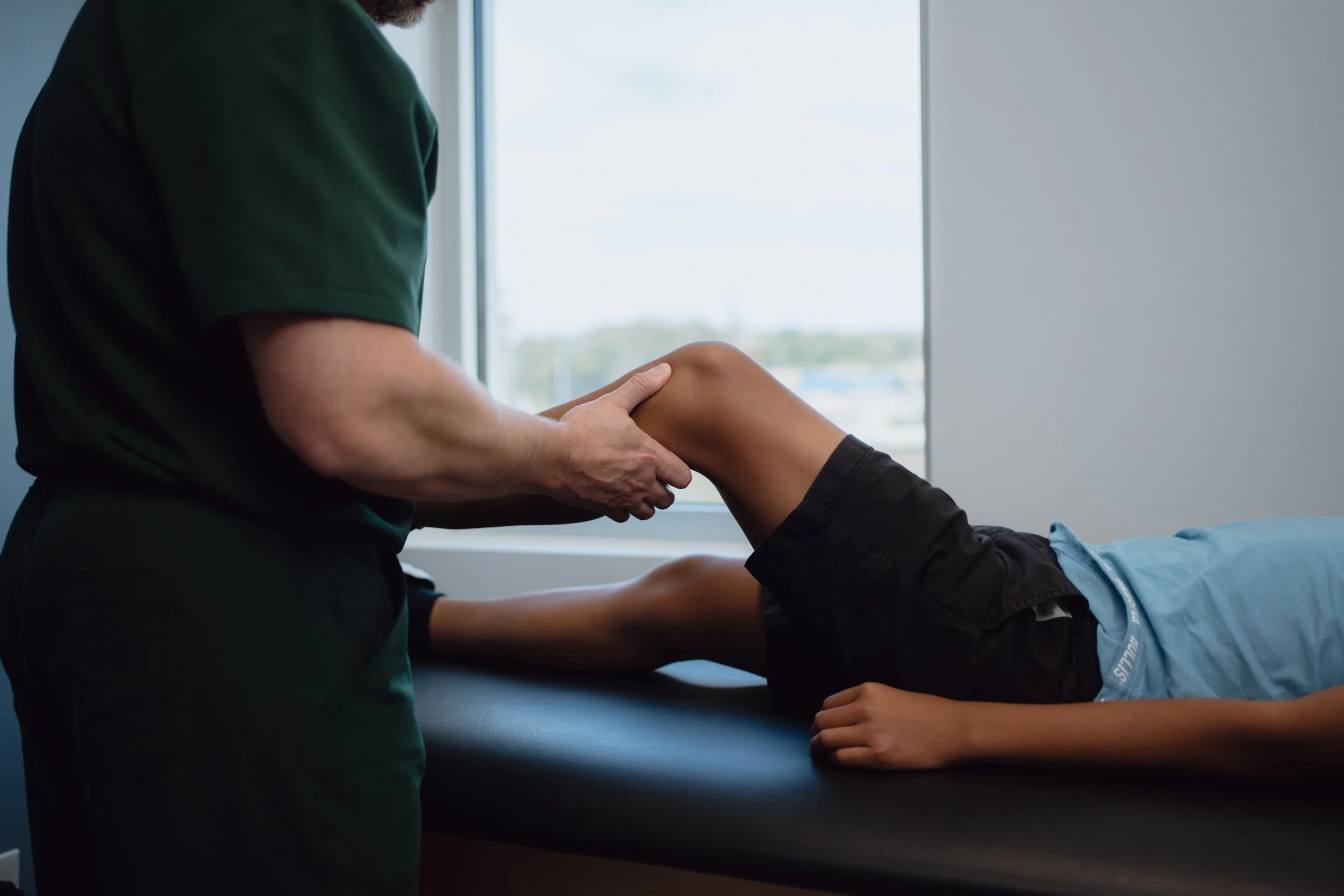
If your child or teen has suffered an ACL tear in San Antonio, don’t wait to seek care.
Early diagnosis and treatment lead to better long-term outcomes and reduce the risk of reinjury.
Dr. Jeremy K. Rush, MD, FAAP, is San Antonio's only orthopedic surgeon who is Dual-Fellowship Trained in pediatric orthopedic surgery and sports medicine. He specializes in arthroscopic surgery of the knee, shoulder, elbow, and ankle, as well as the treatment of fractures and other injuries in young athletes.

